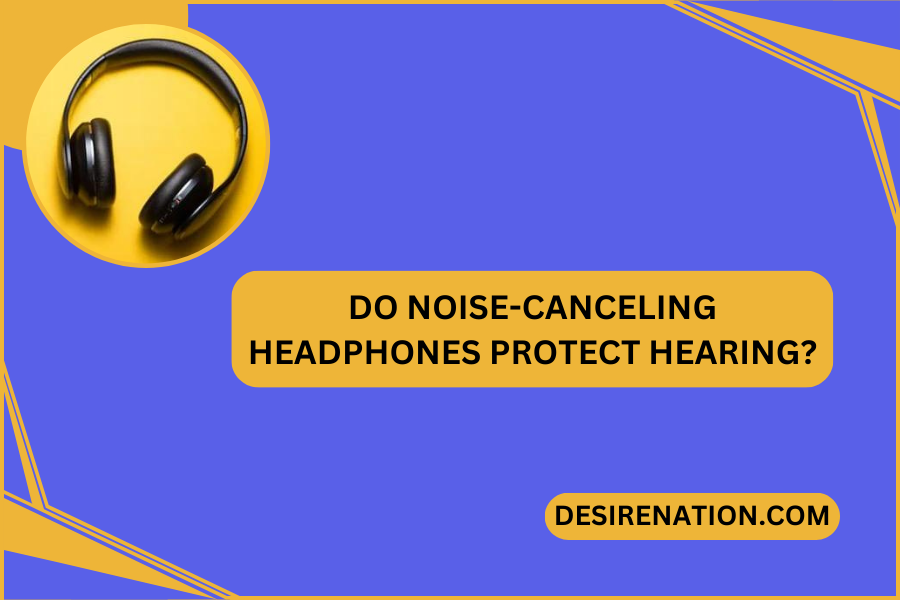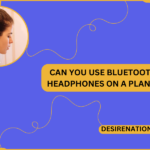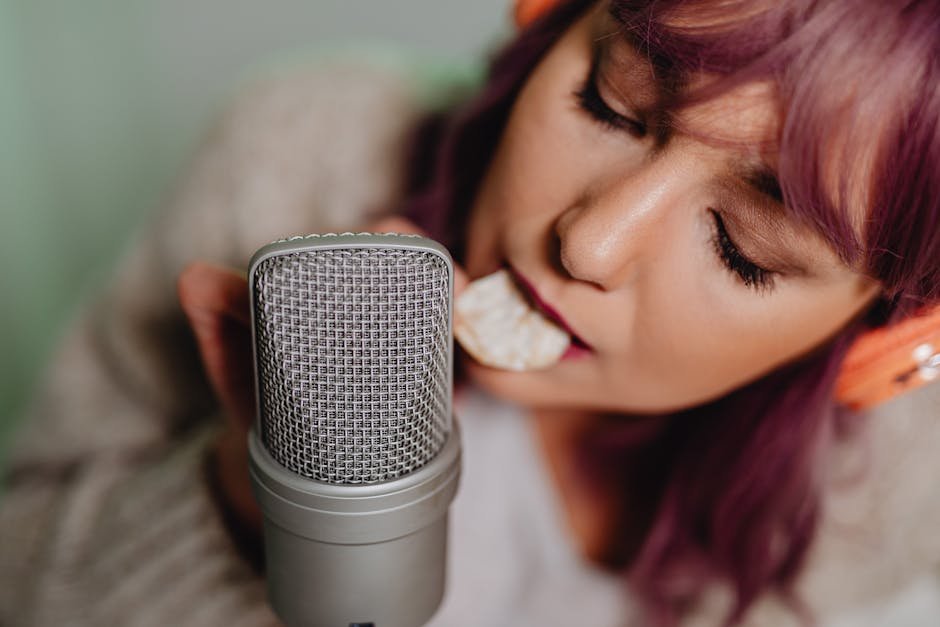In the hustle and bustle of daily life, noise-canceling headphones have become a popular choice for individuals seeking respite from the cacophony of the outside world. Beyond offering tranquility, there’s a common question: Do noise-canceling headphones protect hearing? In this article, we’ll explore the technology behind noise cancellation and its potential impact on preserving hearing health.
-
Understanding Noise-Canceling Technology:
Noise-canceling headphones work by employing microphones to pick up ambient sounds and then generating sound waves that are the exact opposite (anti-phase) to cancel out the noise. This technology is particularly effective for continuous, low-frequency sounds like the hum of an airplane engine or the rumble of a train.
-
Noise Reduction vs. Hearing Protection:
While noise-canceling headphones excel at reducing ambient noise, it’s crucial to distinguish between noise reduction and hearing protection. Noise reduction minimizes external sounds, providing a quieter environment for the listener. However, this doesn’t necessarily equate to hearing protection in situations of prolonged exposure to loud noises.
-
Limitations of Noise-Canceling Technology:
- High-Frequency Sounds: Noise-canceling technology is most effective against low-frequency sounds. It may not be as efficient in blocking higher-frequency sounds, such as sudden loud noises or sharp sounds.
- Customary Noise Exposure: Noise-canceling headphones are not designed to offer protection in environments with sustained loud noise, such as construction sites or live music events.
-
Hearing Protection in Loud Environments:
In situations where protection against loud sounds is crucial, traditional hearing protection devices like earplugs or earmuffs are recommended. These devices physically block or absorb sound waves, providing a higher level of hearing protection.
-
Listening Volume and Hearing Health:
While noise-canceling headphones can create a quieter environment, it’s essential to monitor the volume at which you’re listening to music or other content. Listening at excessively high volumes, even in a noise-canceling environment, can contribute to hearing damage over time.
-
Prolonged Use Considerations:
Extended use of noise-canceling headphones, especially at high volumes, may contribute to listener fatigue. Taking breaks, practicing the 60/60 rule (listening at 60% volume for no more than 60 minutes at a time), and being mindful of your listening habits are crucial for maintaining hearing health.
-
Personal Hearing Sensitivity:
Individuals vary in their susceptibility to hearing damage. Some may be more sensitive to loud sounds than others. It’s important to be aware of your own hearing thresholds and take steps to protect your hearing accordingly.
Conclusion:
While noise-canceling headphones can create a more serene listening environment, they are not a substitute for dedicated hearing protection in situations of prolonged exposure to loud noises. Understanding the limitations of noise-canceling technology and being mindful of listening volumes are essential for maintaining hearing health. For situations where hearing protection is paramount, using specialized earplugs or earmuffs designed for that purpose is recommended. Ultimately, a balanced approach to sound management ensures that you can enjoy your audio experience while safeguarding your precious sense of hearing.
You Might Also Like These:
Logitech wireless gaming headset g933
How to connect laptop to sony headphones
How to make over ear headphones more comfortable












